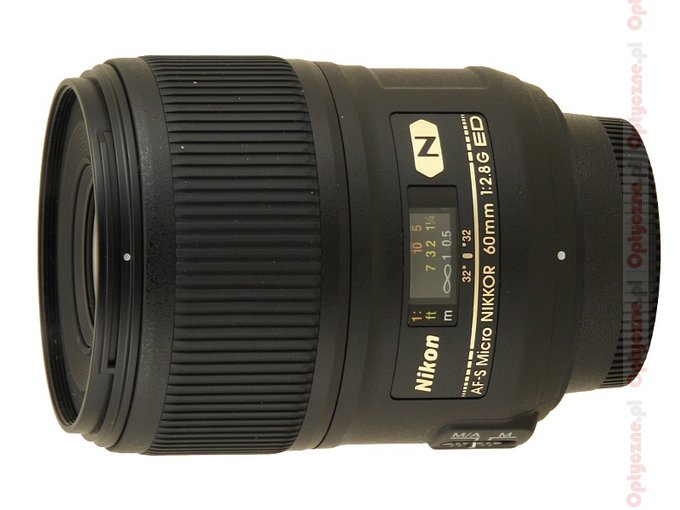Nikon Nikkor AF-S Micro 60 mm f/2.8G ED
1. Introduction
There are really a lot of macro 50-60 mm lenses available currently on the market. You can divide them into two distinct groups. The first one consists of instruments designed for smaller sensors – as examples we can list here such lenses as the Canon EF-S 60 mm f/2.8 USM Macro, the Tamron SP AF 60 mm f/2.0 Di II LD (IF) Macro 1:1 or the Olympus ZD 50 mm f/2.0; all of them have been tested by us.
The second group consists of full frame devices. Some of them have been tested by us as well. It’s enough to remind here such models as the Sigma 50 mm f/2.8 EX DG Macro, the Sony 50 mm f/2.8 Macro or the Nikkor AF Micro 60 mm f/2.8D. We were very satisfied with the last instrument so I suppose the Nikon company didn’t necessarily feel any pressure to replace it. On the other hand, though, that construction was pretty old as it was launched in 1993. It featured two characteristic flaws which you can’t find any more in contemporary macro lenses – it changed its dimension significantly when passing to minimum focus and it didn’t have an in-build autofocus motor so it became a manual instrument on the simplest Nikon reflex cameras.
Please Support UsIf you enjoy our reviews and articles, and you want us to continue our work please, support our website by donating through PayPal. The funds are going to be used for paying our editorial team, renting servers, and equipping our testing studio; only that way we will be able to continue providing you interesting content for free. |
- - - - - - - - - - - - - - - - - - - - - - - - - - - - - - - - - - - - - - - - - - - - - - - -
Because of all these factors in January 2008 the Nikon company decided to launch that lens’s successor, marked as AF-S Micro 60 mm f/2.8G ED. We hope reading its full test will be enjoyable.
We would like to thank the Fotoforma shop for lending us the lens for testing purposes.
You are also invited to get acquainted with our test procedure, described in the article "How do we test lenses?" If you feel it’s still not enough, please go to our FAQ section where you can find some further explanation.
 |







